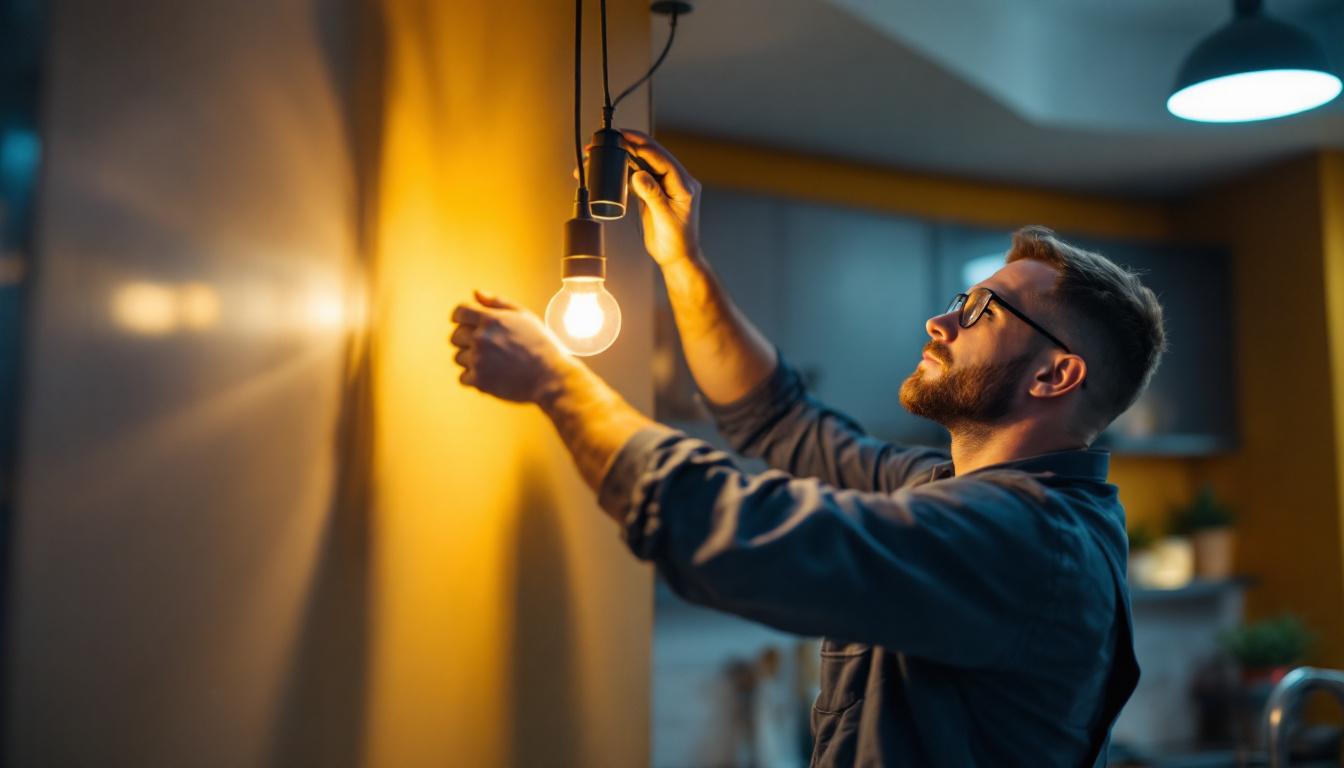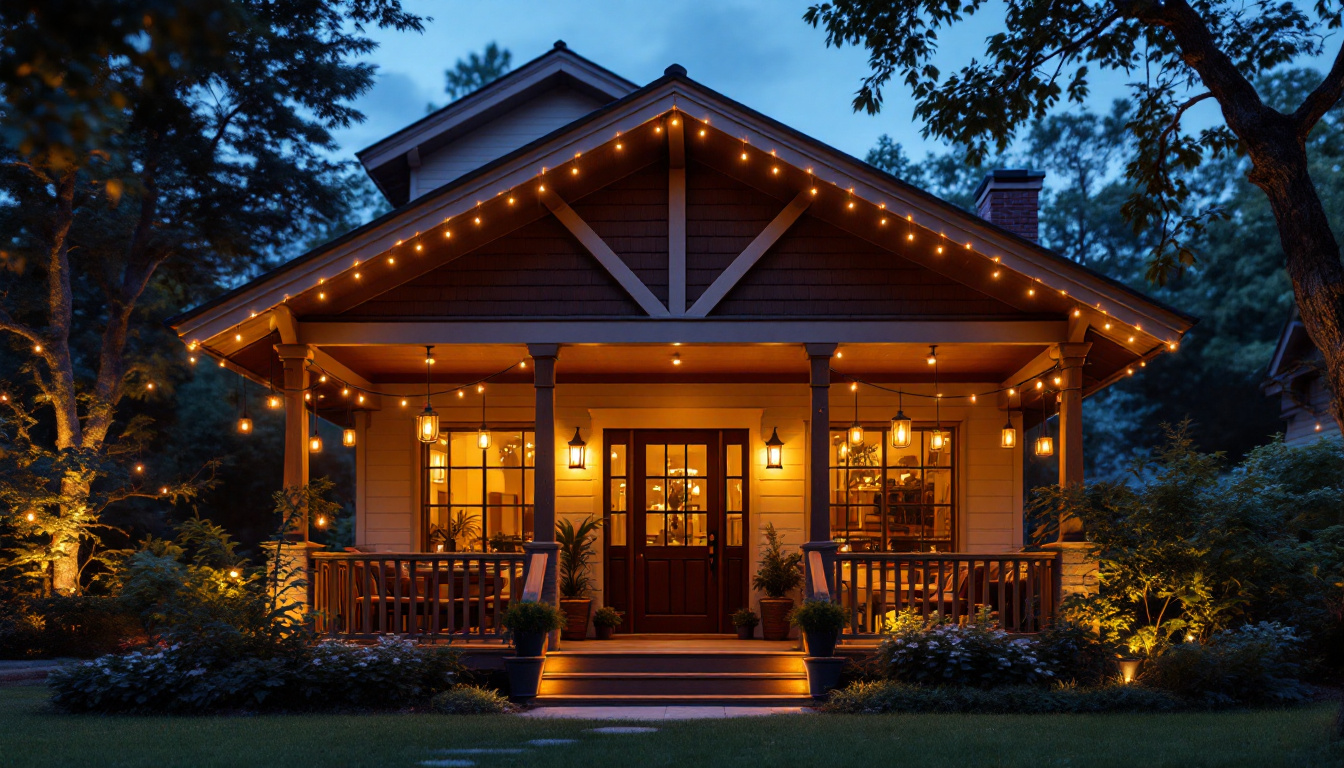
When it comes to basement lighting, compliance with local codes and regulations is paramount. Not only does this ensure the safety of the occupants, but it also protects contractors from potential legal issues. Each jurisdiction may have specific requirements regarding the type and placement of lighting fixtures in basements, particularly in areas where moisture and electrical safety are concerns.
Contractors should familiarize themselves with the National Electrical Code (NEC) as well as any local amendments that may apply. This includes understanding the minimum wattage requirements, the type of fixtures allowed, and the necessary safety measures to mitigate risks associated with damp environments. It is also advisable for contractors to keep abreast of any updates to these codes, as regulations can evolve to address new safety concerns or technological advancements in lighting.
There are several key areas of compliance that lighting contractors should prioritize. These include the use of damp-rated fixtures, ensuring proper circuit protection, and adhering to the required illumination levels. For instance, basements often require fixtures that are specifically designed to withstand moisture, which can be a common issue in these spaces. In addition to damp-rated fixtures, it’s important to consider the use of LED lighting, which not only offers energy efficiency but also has a longer lifespan and lower heat emission, making it a safer choice for enclosed areas.
Additionally, contractors must ensure that all electrical work is performed in accordance with the NEC. This means using appropriate wiring methods and ensuring that all circuits are properly grounded. Regular inspections and adherence to these guidelines can help prevent costly mistakes and enhance the safety of the installation. Furthermore, contractors should document their compliance efforts, as this can be beneficial for future inspections or if any disputes arise regarding the installation’s safety and adherence to local codes.
Illumination levels in basements should be sufficient to provide visibility without creating harsh lighting conditions. The recommended foot-candle levels can vary depending on the intended use of the basement. For example, a recreational area may require different lighting than a laundry room or storage space. Utilizing layered lighting techniques, which combine ambient, task, and accent lighting, can help achieve a balanced and functional lighting scheme that caters to the diverse activities that may occur in a basement.
Moreover, safety should always be a priority. This includes ensuring that all fixtures are installed at safe heights, avoiding glare, and providing adequate emergency lighting in case of power outages. Compliance with these safety standards not only protects the occupants but also enhances the overall functionality of the space. Installing motion-sensor lights can also be a practical safety feature, ensuring that areas are well-lit when in use while conserving energy when unoccupied. Additionally, contractors should consider the placement of light switches, ensuring they are easily accessible and located at the top of stairways to prevent accidents during entry and exit.
Beyond compliance, lighting contractors can explore various creative lighting ideas that enhance the aesthetic appeal of basements. A well-lit basement can transform an otherwise dark and dreary space into a vibrant area that can serve multiple purposes, from entertainment to relaxation.
Choosing the right lighting design can significantly impact the mood and functionality of the basement. From ambient lighting to task lighting, contractors can employ a range of techniques to achieve the desired effect. Here are some innovative ideas to consider:
Layered lighting is a technique that combines different types of lighting to create a well-balanced and versatile environment. This approach typically includes ambient, task, and accent lighting. Ambient lighting provides overall illumination, while task lighting focuses on specific areas where activities take place, such as reading or crafting.
Accent lighting can be used to highlight architectural features, artwork, or other focal points in the basement. By strategically placing different types of fixtures, contractors can create a dynamic and inviting atmosphere that caters to the needs of the occupants. For instance, using wall sconces to frame a cozy seating area can create an intimate setting, while recessed lighting can illuminate a home theater setup, ensuring that every movie night is a cinematic experience.
Incorporating smart lighting solutions into basement designs is becoming increasingly popular. These systems allow homeowners to control their lighting via mobile apps or voice commands, providing convenience and energy efficiency. Smart bulbs can change colors, dim, or even sync with music, enhancing the overall experience of the space.
Contractors should consider recommending smart lighting options to clients looking to modernize their basements. This not only adds value to the project but also aligns with the growing trend of home automation. Furthermore, integrating motion sensors can ensure that lights are only activated when the space is in use, contributing to energy savings and extending the lifespan of the lighting fixtures. With the ability to create customizable lighting scenes, homeowners can easily switch from a bright, lively atmosphere for gatherings to a soft, warm glow for a relaxing evening, showcasing the versatility of smart technology in enhancing everyday living.
The selection of lighting fixtures plays a crucial role in the overall success of a basement lighting project. Contractors need to consider various factors, including style, functionality, and compliance with safety standards. Here are some popular fixture options that can elevate basement lighting:
Recessed lighting is a favorite among contractors due to its sleek and unobtrusive design. These fixtures are installed into the ceiling, providing a clean look while maximizing headroom. They are ideal for basements with low ceilings, as they do not protrude into the space.
Recessed lights can be used to create a uniform wash of light or to highlight specific areas. Dimmable options can further enhance their versatility, allowing homeowners to adjust the brightness according to their needs. Additionally, the use of LED recessed lights can contribute to energy efficiency, providing long-lasting illumination while reducing electricity costs. With a variety of trim styles and color temperatures available, homeowners can customize the ambiance of their basements to suit different activities, from cozy movie nights to vibrant gatherings.
Pendant lights offer a stylish solution for basement lighting, particularly in areas such as bars, game rooms, or dining spaces. These fixtures hang from the ceiling and come in various designs, making it easy to find options that complement the overall aesthetic of the basement.
When installing pendant lights, it is essential to consider the height at which they are hung. Proper placement ensures that they provide adequate illumination without obstructing movement or creating hazards. Furthermore, pendant lights can serve as statement pieces, adding character and personality to the space. For instance, a cluster of colorful pendant lights can create a playful atmosphere, while a single, elegant pendant can bring a touch of sophistication. Homeowners can also explore the option of adjustable pendant lights, which allow for flexibility in lighting direction and intensity, catering to different activities and moods throughout the day.
Energy efficiency is a critical aspect of modern lighting design, and basement projects are no exception. Contractors should be aware of the various energy-efficient lighting options available, as well as the benefits they offer to homeowners. With rising energy costs and increasing environmental awareness, making informed decisions about lighting can lead to substantial savings and a reduced carbon footprint.
Using LED fixtures is one of the most effective ways to enhance energy efficiency. LEDs consume significantly less energy than traditional incandescent bulbs and have a longer lifespan, reducing the frequency of replacements. Additionally, they generate less heat, making them safer for enclosed spaces like basements. Furthermore, many LED options now come with adjustable brightness and color temperature settings, allowing homeowners to customize their lighting according to their needs and preferences, enhancing both functionality and comfort.
Whenever possible, incorporating natural light into basement designs can greatly enhance the ambiance of the space. This can be achieved through the use of egress windows or light wells that allow sunlight to enter the basement. Natural light not only reduces the need for artificial lighting during the day but also creates a more inviting atmosphere. Studies have shown that exposure to natural light can improve mood and productivity, making it particularly beneficial for basements used as home offices or recreational areas.
Contractors should consider the placement of windows and how they can be complemented with artificial lighting to create a balanced lighting scheme. Utilizing a combination of natural and artificial light can significantly improve the usability of the basement. Additionally, the use of reflective surfaces, such as light-colored walls or strategically placed mirrors, can help amplify the effect of natural light, making the space feel larger and more open. By thoughtfully integrating these elements, contractors can transform a dimly lit basement into a vibrant and functional living area that meets the needs of modern homeowners.
In conclusion, basement lighting is a multifaceted aspect of home design that requires careful consideration of compliance, creativity, and efficiency. Lighting contractors play a vital role in ensuring that basements are not only well-lit but also safe and functional.
By staying informed about local codes and regulations, exploring innovative lighting solutions, and selecting the right fixtures, contractors can deliver exceptional results that meet the needs of their clients. The basement can be transformed from an overlooked space into a vibrant area that enhances the overall value and enjoyment of the home.
Ultimately, the goal of basement lighting should be to create a safe, comfortable, and aesthetically pleasing environment. By combining compliance with creative design, contractors can ensure that their projects stand out and provide lasting satisfaction for homeowners.
As the demand for functional and stylish basements continues to grow, lighting contractors have an opportunity to showcase their expertise and contribute to the transformation of these often-underutilized spaces.
Ready to elevate your basement lighting projects with the perfect blend of safety, aesthetics, and energy efficiency? Look no further than LumenWholesale for all your lighting needs. Our extensive selection of spec-grade lighting products is designed to meet the highest industry standards, ensuring you deliver exceptional results every time. Say goodbye to inflated markups and hello to unbeatable wholesale prices, free shipping, and the convenience of hassle-free bulk buying. Make your next project shine and give your clients the quality they deserve. Discover the value of wholesale lighting at the best price with LumenWholesale today.

Discover the secrets of light fixture tubing with insights from expert lighting contractors.

Discover how hanging porch lights can transform your outdoor space with enhanced aesthetics and functionality.

Explore how LED street lights are revolutionizing the lighting industry, offering contractors enhanced efficiency, cost savings, and sustainable solutions.

Discover innovative ways to enhance your lighting solutions with light scones.